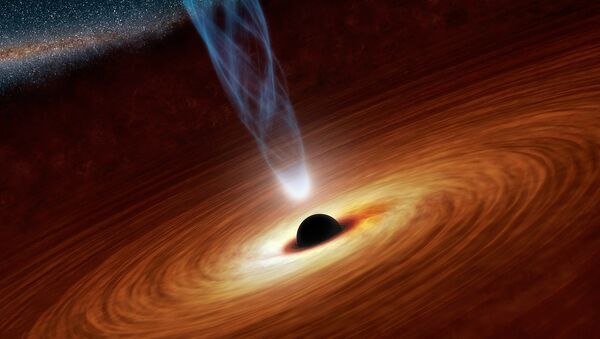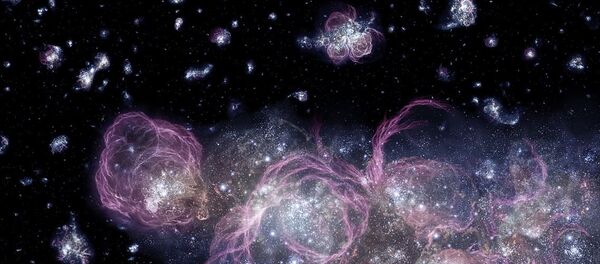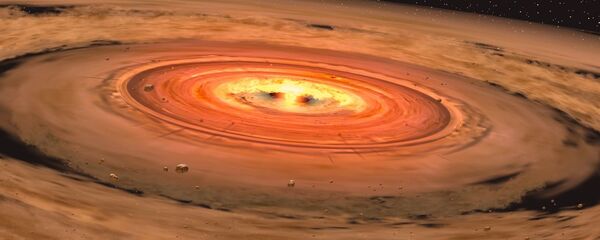An international group of scientists from the US and Germany detected a gigantic black hole located about 13.1 billion light years from Earth. The mass of this cosmic monster is equal to 800 million Suns. The new findings, made using one of the Magellan Telescopes at Chile's Las Campanas Observatory, as well as the Large Binocular Telescope in Arizona and the Gemini North telescope in Hawaii, were published on December 6 in the Nature international journal of science.
"This is the only object we have observed from this era," said Robert Simcoe, the Francis L. Friedman professor of physics at MIT's Kavli Institute for Astrophysics and Space Research. "It has an extremely high mass, and yet the universe is so young that this thing shouldn't exist."
According to researchers, the formation of such a massive object could be possible because of its location in a particularly high-density region of the universe. The black hole rapidly increased in size, absorbing the substance around it, but later its growth slowed down, and it has turned into a typical supermassive black hole located in the center of an elliptical galaxy.



